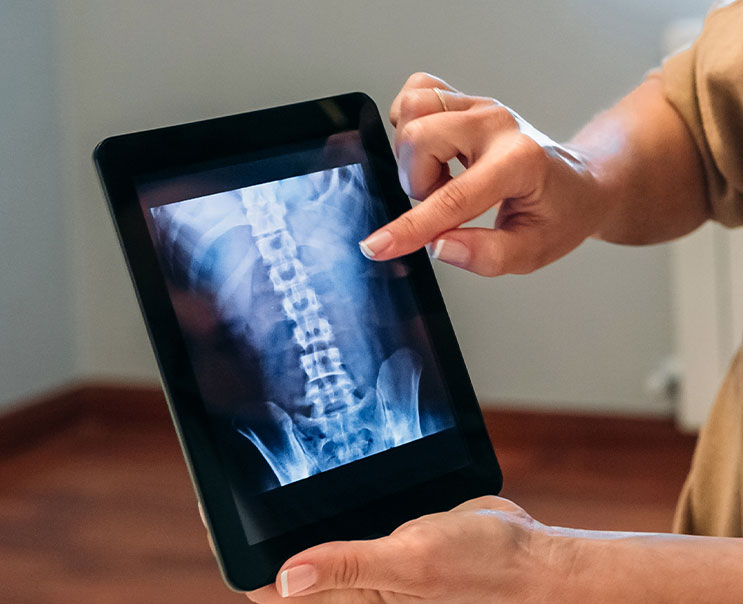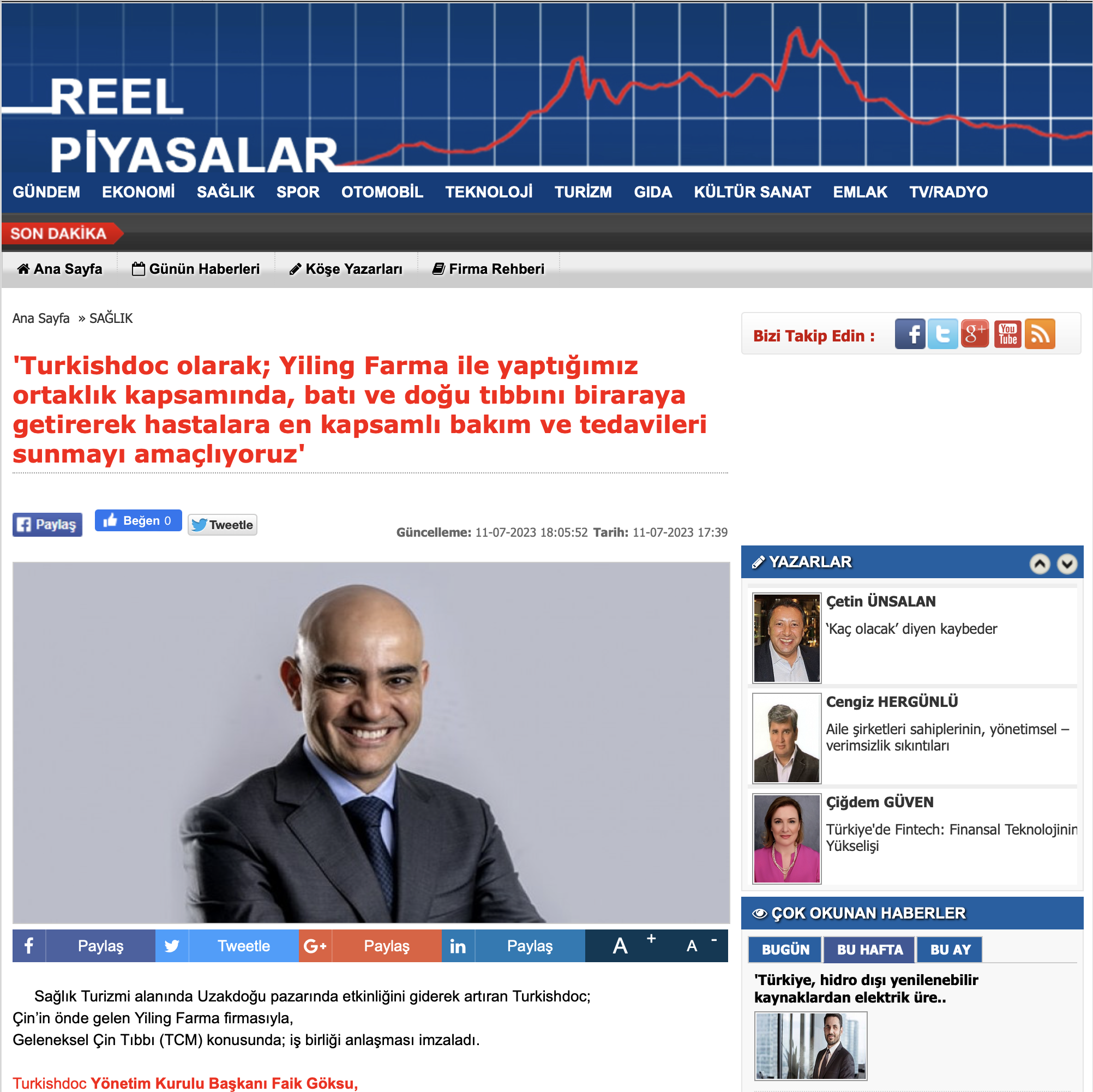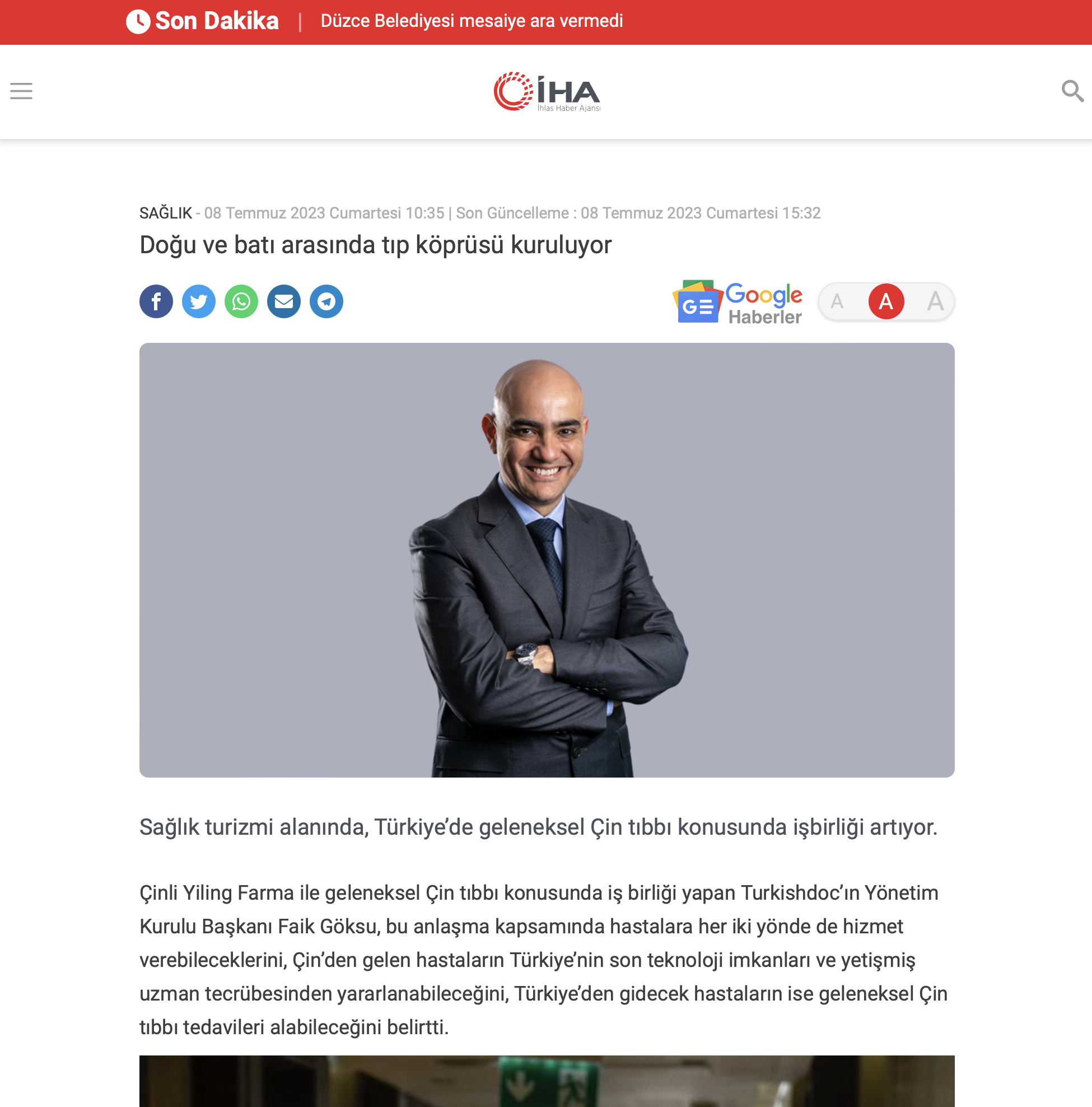Turkishdoc
Spine Surgery: What Is A Cervical Herniated Disc, And What Are The Treatment Methods?
Spine surgery is the field where surgical treatment of the spine is performed. Many functional disorders of the spine usually manifest as pain, stiffness, restricted movement, or a lack of strength. Spine surgery is a field that deals with many diseases. Damage such as hernias, calcification, or curvature of the vertebral joints can lead to many spinal diseases. The cervical herniated disc is one of the diseases that fall under spine surgery. A cervical disc hernia, which can occur for a variety of reasons, harms a person’s quality of life. This disease, which restricts the physical mobility of the person, also causes body posture disorders. A cervical disc hernia manifests itself with some symptoms. When there are symptoms and complications, you should see a doctor. Most hernia-type diseases are treated with surgical procedures. Spine surgery is therefore a specialty that aims to completely repair the damage caused by a cervical herniated disc.
What Is A Cervical Herniated Disc?
Herniated cervical discs, also called cervical disc herniation, are one of the most important spinal diseases. The disc starts to deteriorate and become damaged for many reasons. As a result of sudden or continuous actions, the structure of the disc may deteriorate and rupture. A herniated disc occurs when the outer layer of the disc ruptures and protrudes into the space where the nerves and spinal cord are located. The discs between the vertebrae also wear out due to aging. As a result of this wear and tear, a cervical hernia occurs. The vertebrae in the cervical region facilitate the function of many parts of the body, not just the area where they are located. As the vertebrae spread from the nerve to the arm and back, they help these areas fulfill their functions. Therefore, the neck, back, and arm are greatly affected by the occurrence of a cervical herniated disc.
Causes Of Cervical Herniated Disc
Cervical disc hernias are caused by not only one but many causes. Since the neck has a sensitive structure, it tends to wear out quickly. Therefore, the damage is likely to occur at an early age. Herniated cervical discs, especially in young people and adults, occur according to their life routines. Among the general causes of a cervical herniated disc, it is possible to count the following:
- Lifting heavy loads
- Trauma resulting from a fall or a car accident
- Immobilization
- Lack of exercise
- Working long hours at a desk
- Exposure to cold air conditioning heat
In addition to all these reasons, some risk factors cause a cervical herniated disc. These risk factors include people with a thin, slender, and long neck structure. Smokers are also among the people with the highest incidence of cervical disc herniation. Therefore, smoking is one of the risk factors for this condition. Actions that cause the neck to remain constantly bent, such as prolonged computer use, also increase the risk of a cervical disc hernia. Some occupational groups are risk factors for this condition. Drivers, bankers, civil servants, and similar work groups can be given as examples. In addition, women have a higher risk of developing a cervical herniated disc. Cleaning, hanging curtains, wiping windows, and similar housework are also actions that increase the risk of this condition.
Symptoms Of Cervical Herniated Disc
Cervical disc hernia, which is most common in adults, manifests itself with many symptoms. It is possible to observe differences in these symptoms depending on the duration and severity of the discomfort. As a result, not everyone will experience the same symptoms. General symptoms of a cervical herniated disc include the following:
- Difficulty walking
- Weakness in the hand and arm
- Numbness in the shoulder and arm
- Numbness and tingling in the fingers
- Unilateral arm pain
- Decreased manual dexterity (holding, dropping objects)
- Having back, arm, and shoulder pain
Although very rare, a cervical disc hernia can also cause some symptoms in the feet. Numbness in the feet occurs accordingly. If pain and numbness become more frequent, spine surgery should be considered.
Cervical Herniated Disc Diagnosis
When diagnosing a cervical disc hernia, the patient’s medical history is listened to and a physical examination is performed. Reflex, sensory, and strength losses are checked. X-rays, MRIs, and Computed Tomography (CT) are among the diagnostic methods for a cervical disc hernia. After these methods are applied, the results are evaluated. X-rays show narrowing of the intervertebral disc spaces and damage to the spine. MRI shows the compression of the nerves by the spinal cord, which causes a herniated disc in the neck. Computed tomography shows calcified discs or worn bone structures. All these imaging methods are used to diagnose a cervical herniated disc. If there are signs of the disease, appropriate treatment is initiated.
Cervical Herniated Disc Treatment
Treatment of cervical disc hernias is divided into two types: conservative treatment and surgical intervention. If the diagnosed cervical hernia is mildly severe, it can be controlled with rest, some medications, and physical therapy. However, cervical herniated discs that cannot be controlled with conservative methods are treated with surgery. Below you will find information about conservative treatment methods for cervical herniated discs:
Medication: Special painkillers are prescribed to control the pain. If the pain is severe, narcotic analgesics may also be used. In addition, the doctor may prescribe muscle relaxants.
Cervical Traction: It reduces pressure on the nerve root. As a result, complications such as pain, muscle spasms, and stiffness are reduced.
Spinal injection method: Arm pain due to a cervical hernia can be reduced by spinal injection. This method consists of cortisone injections into the epidural space. This method, which provides pain control, does not help to correct the cervical disc hernia.
Physical therapy: Some exercises help to control the pain in some parts of the body caused by a herniated disc in the neck. It can give effective results in mild neck hernias.
In addition to conservative treatments for cervical herniated discs, there are also surgical procedures. These procedures are done for neck hernias that cannot be controlled by medications. Below is information about surgical procedures for cervical herniated discs:
Anterior Cervical Discectomy and Spine Fusion: It is the most commonly used surgical procedure for cervical herniated discs. A minimally invasive and anterior method is used to remove the disc. After the removal of the disc, fusion is performed. It is an effective and successful surgical procedure, as the disc pressing on the nerve is removed.
Cervical Artificial Disc Replacement: This minimally invasive and anterior approach is similar to the above surgical procedure. The difference from the other procedure is that after the disc is removed, an artificial disc is inserted instead of fusion. In a way, the artificial disc imitates the function of the spine.
Posterior Cervical Discectomy: It is less preferred than other surgical procedures. Because this procedure is more difficult. It is performed by following most of the ACDF steps with a posterior access port. It is a surgical procedure performed when spinal cord manipulation is necessary.
These are the methods applied for treating cervical herniated discs, which are generally included in the scope of spine surgery. To prevent cervical herniated discs and further progression, it may be useful to adopt certain habits. The following can be done to prevent the risk of a cervical herniated disc:
- Carrying a load with appropriate lifting techniques without bending the waist
- Paying attention to body posture while sitting, not leaning too far forward
- Avoid excessive alcohol and tobacco consumption
- Regular exercise to strengthen muscles and spinal joints
- Using protective equipment when training hard
Sleeping on a supportive pillow and mattress











